Weaponizing food: Hunger crisis, famine put lives of 2.3 million Gazans on edge
By Maryam Qarehgozlou
The line is stretching for kilometers and people are standing shoulder to shoulder, emaciated and weakened by extreme hunger, their faces etched with despair and exhaustion.
People in the besieged and bruised Gaza Strip are in desperate need of sustenance, struggling to have square meals a day, and sometimes even one decent meal.
Vulnerable children, with their eyes sunken and bodies frail, are clinging to their helpless parents, looking fixedly at the meager portions of food being handed out by local aid agencies.
All Gazans very well know that rations are not enough to sustain them for long, but it is their only hope at a time of extreme scarcity as the Israeli war on the besieged territory nears its fourth month.
While Israel’s air and ground blitz on the Gaza Strip since October 7 has already killed more than 20,500 people, most of them children and women, the besieged territory’s 2.3 million population faces a potentially bigger disaster – hunger crisis.
Local bakeries and food warehouses have been flattened across Gaza by Israel’s indiscriminate bombing of the strip. Roads, used for the transport of humanitarian aid, including food assistance, are damaged by carpet bombings of the region and cannot accommodate the trucks loaded with aid.
More importantly, the regime’s crippling blockade of the territory has restricted the limited aid flowing into Gaza, denying civilians access to food and other basic amenities, including water and fuel.
In a new food security report published on Thursday, the UN World Food Programme (WFP) warned that while the Israeli war shows no signs of abating, more than one in four households in Gaza, or more than half a million people, are grappling with extreme hunger.
Famine looms closer
The Integrated Food Security Phase Classification (IPC) report, the latest food security analysis for Gaza which includes data from WFP, other United Nations agencies and non-governmental organizations, says Gaza’s entire population faces an imminent “risk of famine.”
“The intensification of the hostilities, further reduction in access to food, basic services, and lifesaving assistance, and the extreme concentration or isolation of people in inadequate shelters or areas without basic services are major factors that contribute to increasing this risk,” the report states.
The IPC identifies five phases of classification for food security: minimal (1), stressed (2), crisis (3), emergency (4) and catastrophe or famine (5).
Its definition of famine is when at least 20 percent of the population in an area falls under phase five of acute food insecurity.
The report estimates that between November 24 and December 7, about 2.08 million people in the Gaza Strip, making up 90 percent of the population, faced “high levels of acute food insecurity,” classified in IPC Phase 3 or above (crisis or worse).
Among these, it said, over 40 percent of the population, nearly 1 million people, were in emergency and over 15 percent, almost 400,000 people, were in catastrophe.
“These are not just numbers – there are individual children, women and men behind these alarming statistics,” said the Chief Economist of WFP Arif Husain.
“The complexity, magnitude and speed that this crisis has unfolded is unprecedented.”
The IPC report projects that between December 8 and February 7, the entire population in the Gaza Strip is going to be classified in IPC Phase 3 or above (crisis or worse).
“This is the highest share of people facing high levels of acute food insecurity that the IPC initiative has ever classified for any given area or country,” the report notes.
“WFP has warned of this coming catastrophe for weeks. Tragically, without the safe, consistent access we have been calling for, the situation is desperate, and no one in Gaza is safe from starvation,” WFP Executive Director Cindy McCain was quoted as saying.
What does hunger crisis look like in Gaza?
A WFP survey conducted during the short-lived pause in fighting between November 24 and December 1 revealed that nine out of ten families in northern Gaza, and 2 out of 3 households in southern Gaza, had spent at least one full day and night without any food at all.
“When asked how often this happened, they told us that for up to 10 days in the past month, they had not eaten food,” the survey stated.
Speaking to journalists in Geneva, World Health Organization (WHO) Emergency Medical Teams coordinator Sean Casey said that everyone in Gaza is asking for food.
“We are dealing with starving people now, adults, children, it’s unbearable. Everywhere we go, people are asking us for food even in the hospital, I walked around in the emergency department, and somebody with an open bleeding wound, an open fracture; they asked for food. If that’s not an indicator of the desperation, I don’t know what is,” Casey said.
A report from the Palestinian Centre for Human Rights and Al Mezan, a human rights organization based in Gaza’s Jabalia refugee camp, on December 14 revealed that people near southern Gaza’s Rafah’s food distribution centers have to wait in line for 10 hours, and sometimes return empty-handed.
A WFP spokesperson said the agency is continuing aid deliveries but “there is simply not enough food.”
“With just a fraction of the needed food supplies coming in, a lack of fuel, interruptions to communications and no safety, we cannot do our job,” they said.
The UN agency said it has reached 760,000 people with “fortified biscuits, food parcels or wheat flour” over the past two weeks.
Maya al-Khadr posted a video on Snapchat showing a box of cheese and eight individually wrapped date cookies she said her family had been given in Rafah – the area of southern Gaza where tens of thousands of people have fled in the past two weeks.
“This is my meal for the whole day – breakfast, lunch and dinner. The distributions are sometimes two cans of beans on one day, some days nothing at all, and some days a couple of cans of tuna. Many days it’s just biscuits for several people,” she said.
No cooking gas, no meals
Israel’s siege also means it is no longer possible for people to find cooking gas. Preparing meals has proved challenging due to acute fuel shortages. To cook or heat themselves, people in Gaza are now burning trees, furniture, wooden doors, or cardboard.
“We cut any tree [we find], there’s no specific type. We use it to cook, to eat, and we heat water with it to wash and drink. So it’s a big task to go and get the wood,” said Nazmi Mwafi, a 23-year-old who uses the social media app Snapchat to send out daily updates from Gaza.
“We go to the woods but it’s a very far distance to travel. It takes you hours because you have to cut the trees, then you have to drag them a long way through sandy land until you reach a main road,” Mwafi added.
Shahd al-Modallal, who lives in Rafah, said people are using whatever they can find as fuel, whether it is scraps of paper or even their precious olive trees.
“October is the season of olives and olive oil. Instead of [harvesting] olives, we are cutting any tree we can find to survive,” she said.
“We’ll build a fire and announce to everyone in the family that we have a fire and so anyone who has food they want to cook should bring it. That’s our daily routine.”
When firewood cannot be found, the people in Gaza burn waste.
The WFP said about 13 percent of people are burning solid waste because they cannot find firewood and warned that the use of “dirty fuel” makes the likelihood of respiratory infections much worse.
The level of food aid entering Gaza also remains painfully low.
The WFP has recommended a minimum of 100 trucks carrying just food and water enter Gaza daily, but since the war began on most days even the total amount of trucks entering the besieged territory has been less than that.
In a situation report, the UN Office for the Coordination of Humanitarian Affairs (OCHA) reported that on Friday, only 69 trucks carrying supplies entered Gaza through the Rafah crossing and 23 trucks entered through the Kerem Shalom crossing.
“This remains well below the daily average of 500 truckloads (including fuel and private sector goods) that entered every working day before 7 October,” it said.
Vulnerable groups
According to the UN Secretary-General António Guterres “the way Israel is conducting its offensive” is posing “massive obstacles” to the distribution of humanitarian aid inside Gaza.
“An effective aid operation in Gaza requires security, staff who can work in safety, logistical capacity, and the resumption of commercial activity. These four elements do not exist,” Guterres said.
The recent IPC report also voiced “particular” concern over the increased nutritional vulnerability of children, pregnant and breastfeeding women and the elderly in the besieged coastal territory.
The report warned that acute food insecurity puts all 335,000 children under five in the Gaza Strip at high risk of severe malnutrition and preventable death.
The United Nations Children’s Fund (UNICEF) estimated that in the coming weeks, at least 10,000 children under five years will suffer the most life-threatening form of malnutrition, known as severe wasting, and will need therapeutic foods.
“We are also particularly concerned about the nutrition of over 155,000 pregnant women and breastfeeding mothers, as well as for over 135,000 children under two, given their specific nutrition needs, which are compounded by stress and trauma,” UNICEF said in a statement on Friday.
‘Starvation a weapon of war’
In a statement issued last week, Euro-Med Human Rights Monitor said international humanitarian law strictly prohibits the use of starvation “as a weapon”, adding that the Israeli regime, as an occupying power, is obligated to provide basic needs and protection to the Gazan people.
The Rome Statute of the International Criminal Court, according to the Geneva-based rights group, states that starving civilians intentionally by “depriving them of objects indispensable to their survival, including willfully impeding relief supplies” constitutes a war crime.
The rights group said over 71 percent of people who participated in the Euro-Med survey in the Gaza Strip said they suffer from extreme hunger.
On Friday, the United Nations Security Council passed Resolution 2722 on boosting the immediate, safe and unhindered delivery of humanitarian assistance at scale into Gaza.
Islamic Relief, a UK-based charity, in a statement on Saturday welcomed the UN Security Council’s demand for improved humanitarian access, however, slammed as “shameful” its failure to demand an immediate halt to the “ongoing massacre” of civilians.
“In the face of such enormous suffering, this resolution is nowhere near enough. Only an immediate and permanent ceasefire can effectively protect civilians and address the humanitarian catastrophe,” the statement said.
VIDEO | New Yorkers embrace Central Park's first snowfall
Far-right Kast sweeps Chile’s presidential election
Hamas says reserves right to retaliate for commander assassination
Civilizations must unite against unilateralism, warmongering: Iran’s deputy FM
VIDEO | Resistance against occupation
China expands use of Iranian rail corridor for cargo transit
Ukraine’s Zelensky says open to dropping NATO bid for security guarantees
Israel kills 3 in south Lebanon as it threatens ‘wide-scale’ attack


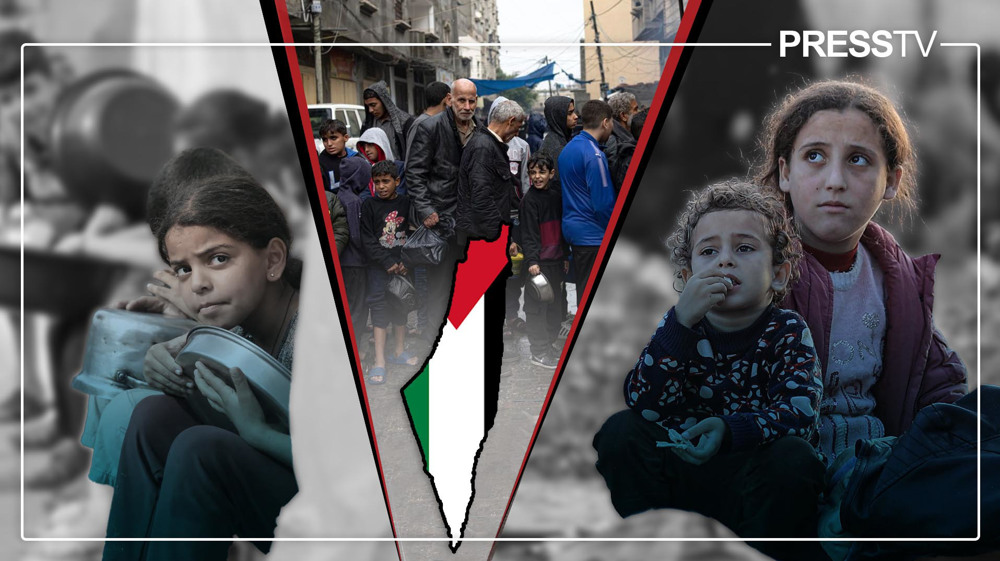
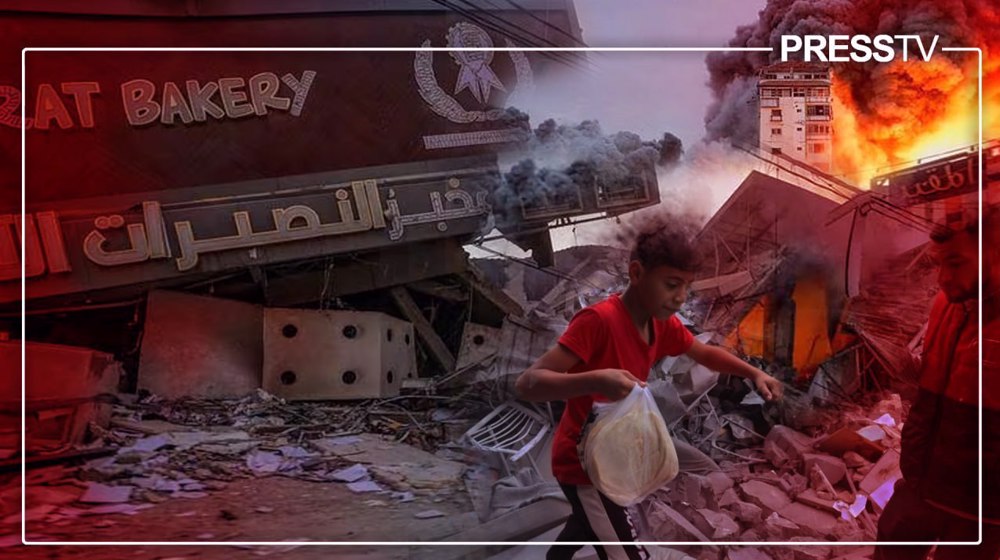
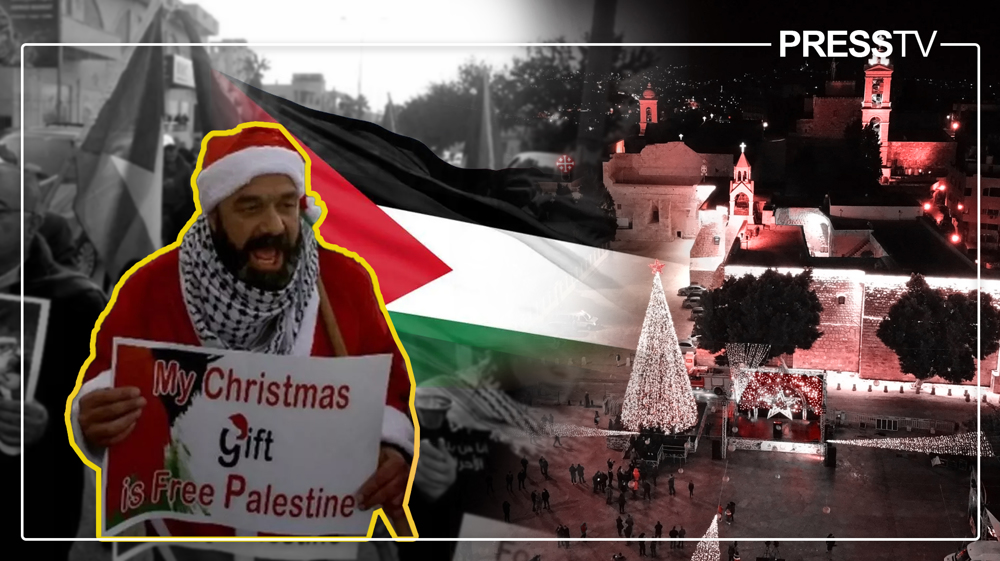
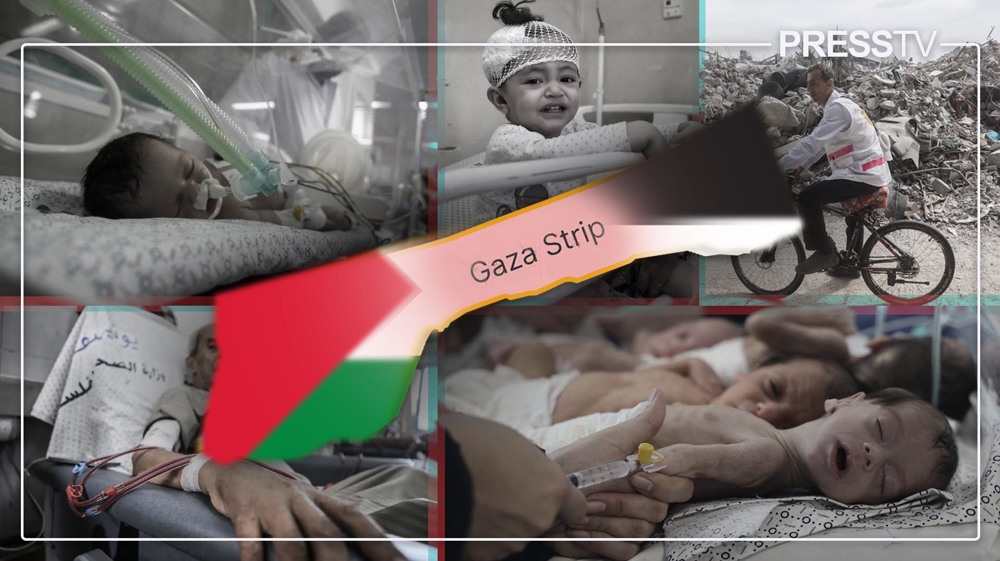
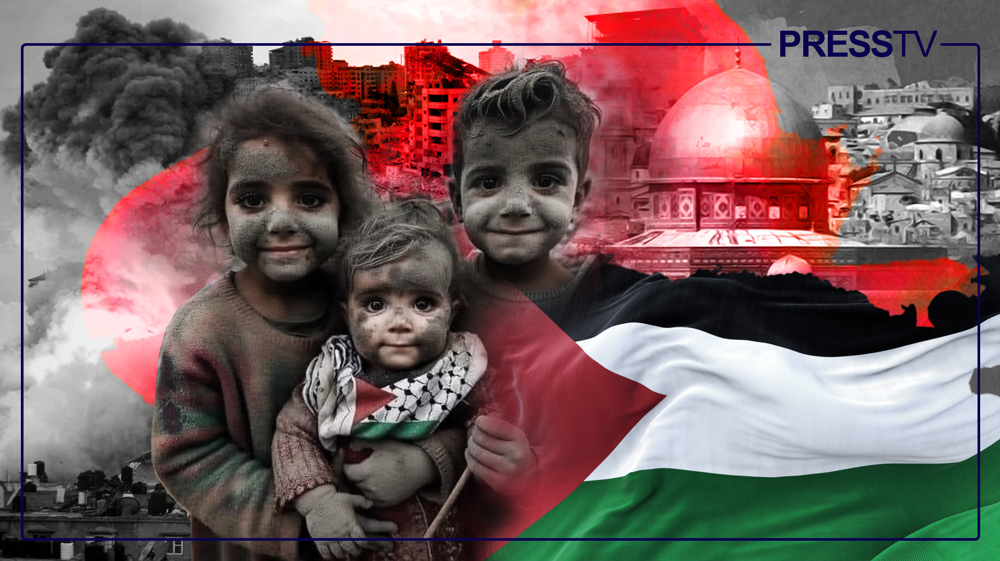






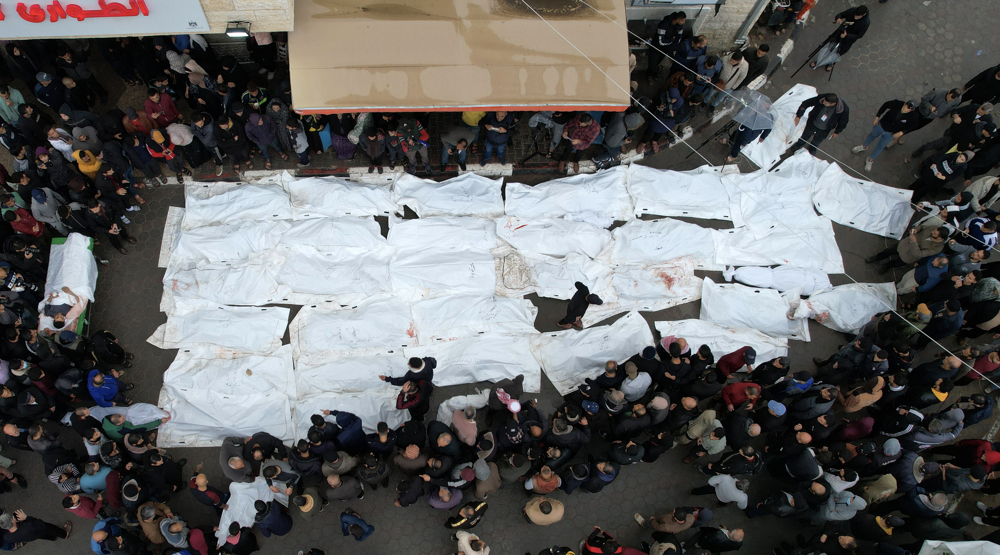
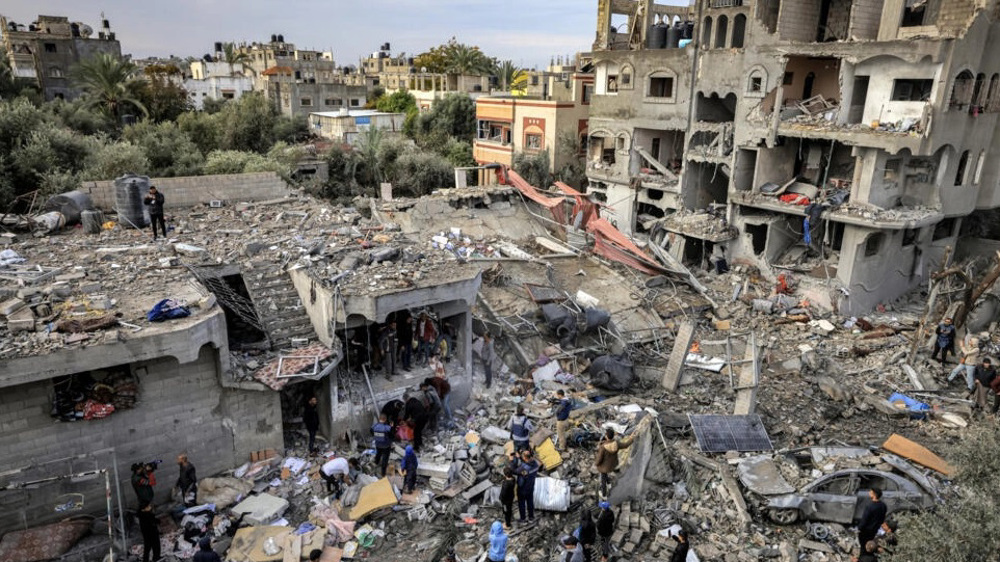
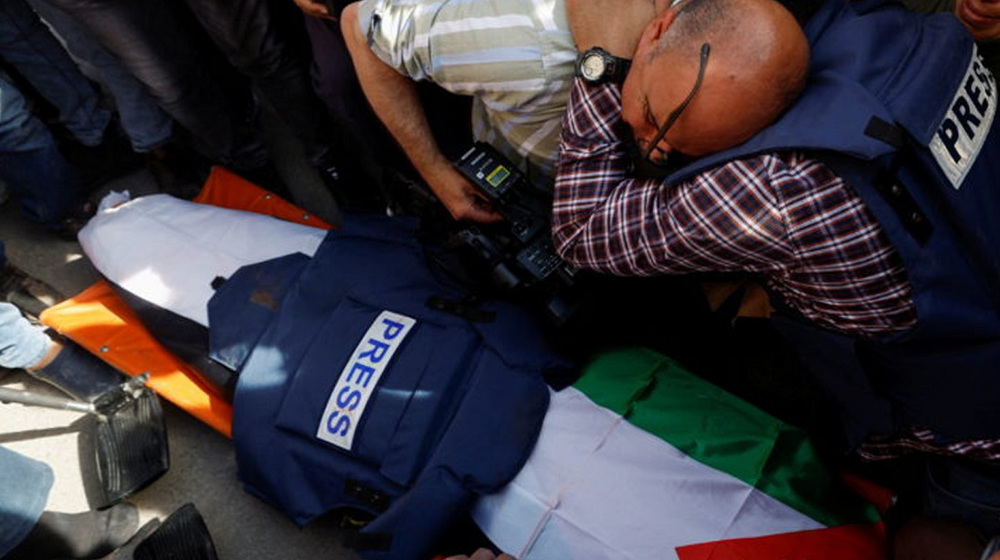
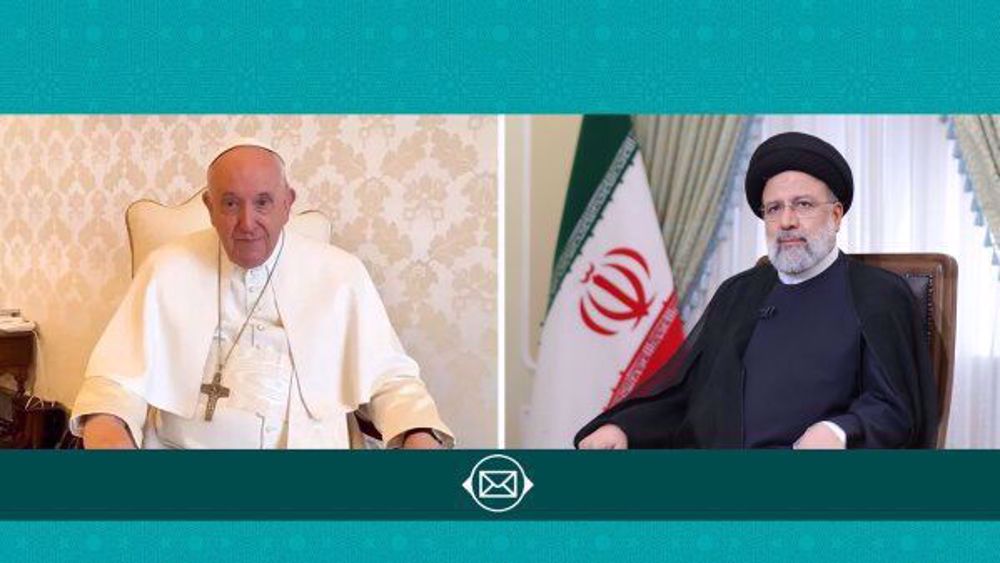
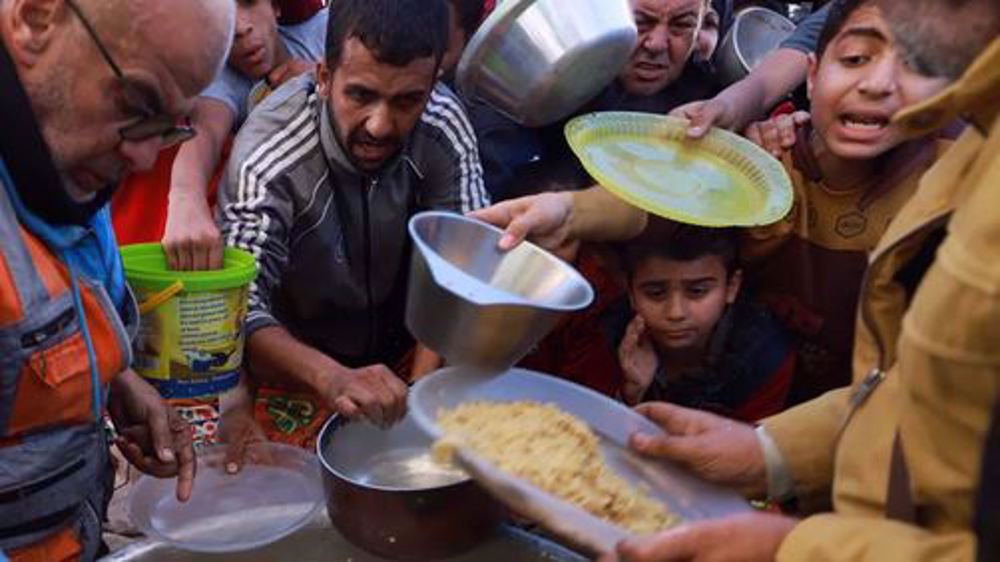

 This makes it easy to access the Press TV website
This makes it easy to access the Press TV website